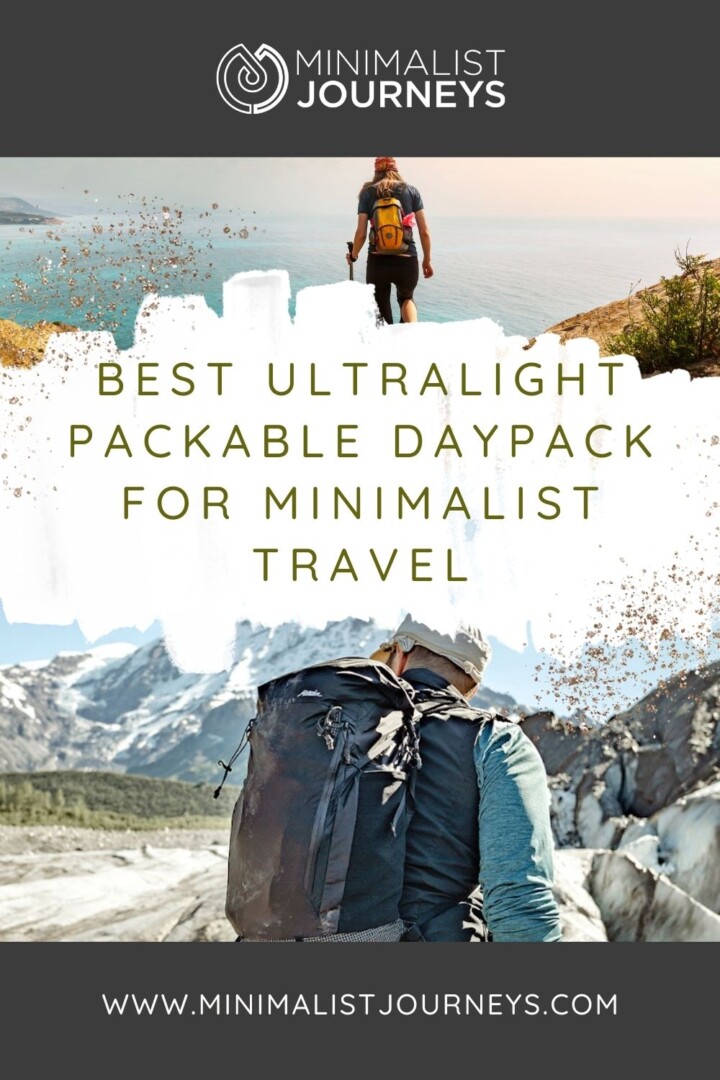Wouldn’t it be nice if there was just ONE daypack for (almost) all your needs:
- one you can use every day – to take to the office, the gym, the beach or on a day hike;
- one you can chuck into your carry-on (or check-in) luggage and use as a daypack to explore your destination;
- one small and light enough to keep in your handbag (to grab some groceries or library books on your way home); and
- one so tiny it fits into a drawer at home when not in use (instead of taking up space in your wardrobe, garage or attic)?
Well, there is: It’s called an ultralight, packable daypack. And our buying guide today helps you find the one that’s right for you.
Download our 2024 Minimalist Travel Wardrobe and Carry-On Packing List
This list for women and men was created as a result of more than seven years of full-time travel around the world in all seasons with only carry-on luggage. This is the packing list we have used as we embark on our adventures into 2024.
What is an ultralight packable daypack, and why/when may you use one?
Traditional daypacks use more and thicker materials which make them bulky and rigid. A packable daypack can be folded down and stored in its own little pouch, which makes it easy to keep in your handbag/travel pack/suitcase, in the glove compartment of your car or in a drawer at home when not in use.
While bulk and rigidity are needed to keep a daypack’s shape (particularly when empty), it adds (a lot of) weight. A good versatile packable daypack can weigh as little as a few hundred grams/a few ounces. It will be floppy when empty (that makes it packable), but the structure that is inbuilt into traditional backpacks comes as you fill a packable daypack with the things you need for the day (you just need to be a bit more strategic rather than chucking everything in without thought).
As carry-on-only travellers, our Matador Freerain22 Daypack is our go-to daily backpack for city explorations, day hikes and a day at the office (aka public library or co-working space). When we go grocery shopping, we carry heavier items in the daypack and lighter items in our multi-purpose bag. It’s healthier that way. And when not in use, our daypack fits neatly into the side pocket of Paul’s travel pack.
And speaking of carry-on luggage, one of the reasons we chose an ultralight daypack is the ever-stricter carry-on weight limitations: in our case, every gram (or ounce) counts.

Carrying the Matador FreeRain24 2.0 (the predecessor of our current daypack) on a day out in Taupo
How to choose the ultralight packable daypack that’s right for you?
If you’re looking for a super lightweight, packable all-rounder of a daypack, here is a list of things to look out for. Be aware though: there will be some trade-offs you’ll have to make. What features are most important to you will depend on what you’re going to use them for (the most).
Size/Capacity
We found around 20 litres is ideal for a multitude of uses – too big and the daypack is too floppy (even with stuff inside), too small and you might struggle fitting everything you need. If you use it for work make sure the packable daypack is wide and deep enough to fit your laptop (or in our case, two).
Weight
If you (like us) travel with carry-on only and thus have to adhere to carry-on weight limitations, choose a daypack that is as lightweight as possible without compromising on all the other features that are important to you. As mentioned, a good packable daypack can weigh 350 grams/12.35 ounces or less (we compared a whole bunch of them for you below).
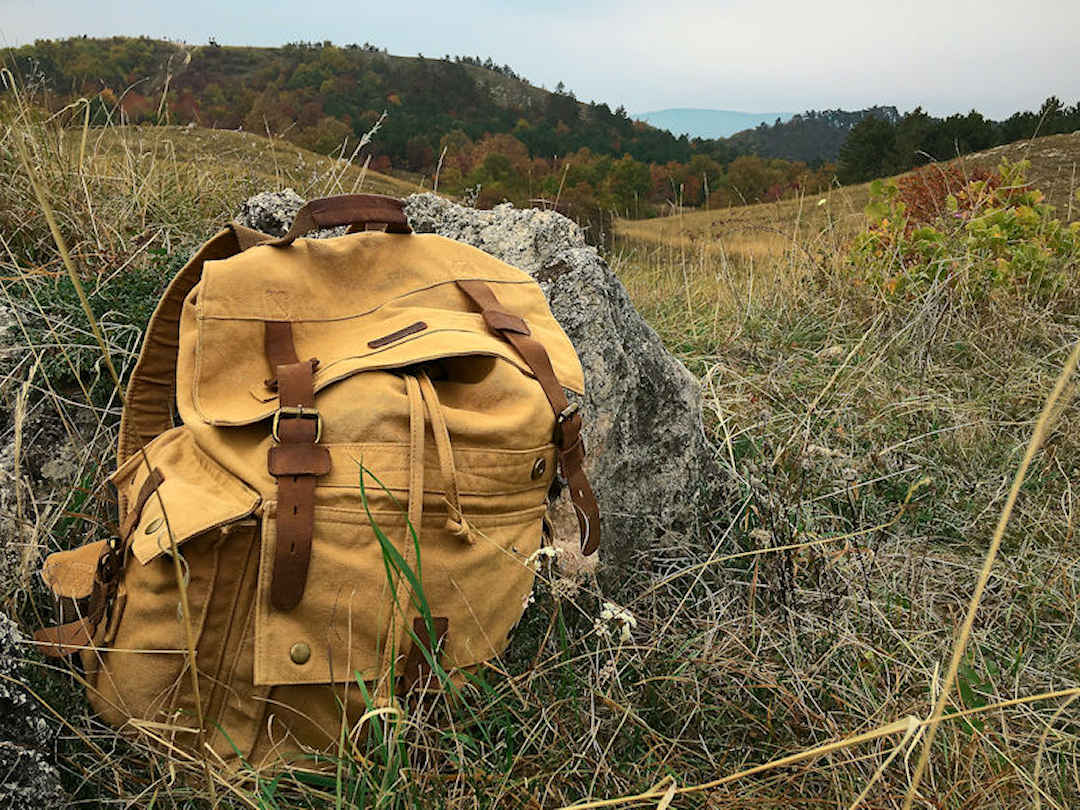
Traditional daypacks are bulky and heavy | Photo by Adam HORNYAK on Unsplash
Durability
You would think that with ultralight packable daypacks, there may be a trade-off between weight and durability. But thanks to highly-advanced technical fabrics, that is not the case.
Ultimate tensile strength (UTS) nylon, especially of the CORDURA® UltraLite Fabric, Kodra or Robic variety, has become the go-to material for super light gear. Another fibre commonly used in (ultra)lightweight daypacks (and considered superior to Nylon across its qualities) is a thermoplastic, known as ultra-high molecular weight polyethene (or UHMWPE), which is sold under brands like Dyneema or Spectra.
When buying an ultralight packable daypack, look for ripstop – a fabric which contains thicker threads (in the same or another durable fibre) that are weaved into the main fabric in a honeycomb, diamond or square pattern. Ripstop – as the name suggests – stops any small tear or puncture from becoming a large hole.
Also, if comparing daypacks made of the same material, the D (or denier) tells you the weight of the material, ie a 100D UTS Nylon is double as heavy (and more durable) as a 50D UTS Nylon of the same type.
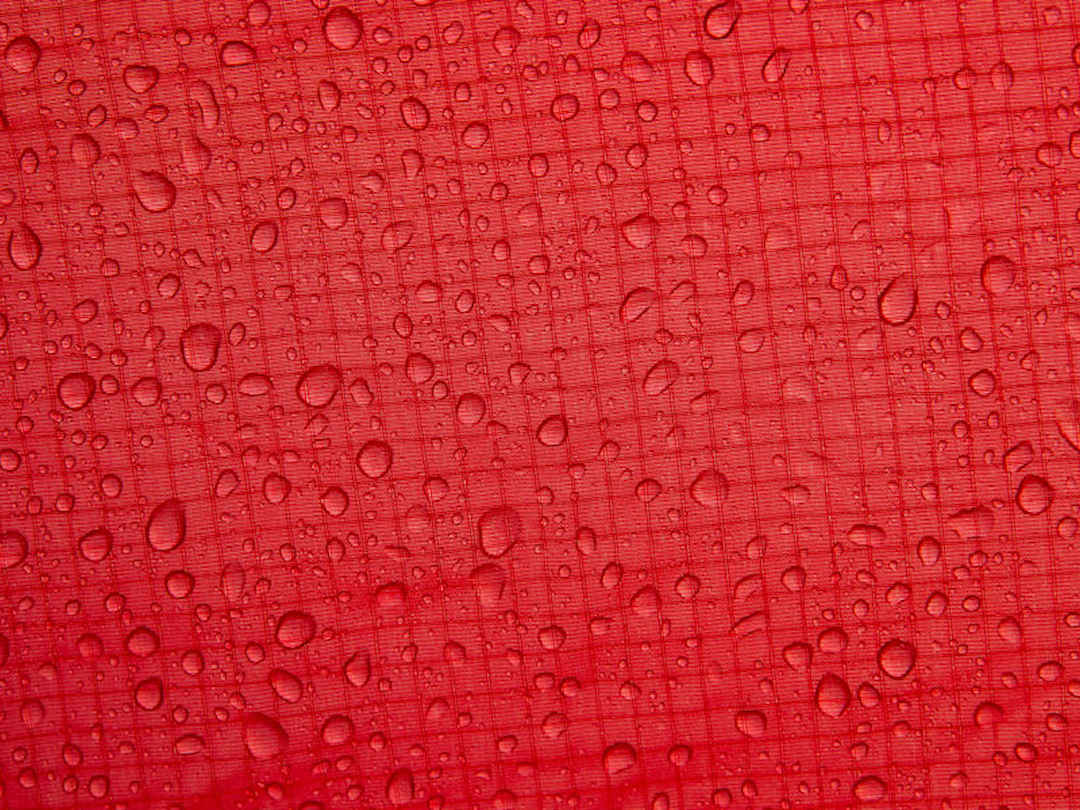
Ripstop gives an already durable fabric extra strength | Photo by Thomas LIPKE on Unsplash
Rain Protection
The last thing you want to worry about when you’re out and about is your gear getting wet in a sudden downpour. Thus, an important criterion when choosing an ultralight packable daypack is some form of rain protection. The daypack doesn’t need to be fully waterproof in the submersible sense of the word, but you’d want your daypack to have sealed seams and sealing zippers (or at least zippers that are covered with a fabric flap so that water can just run over it and off the daypack).
If you intend to use the daypack when you’re out on the water, and there is a chance of the pack ending up in the water, true waterproof daypacks should provide protection. However, if you intend to bring valuable equipment that would be destroyed if it got wet, we recommend keeping your gear in a dry sack inside your daypack, just in case.
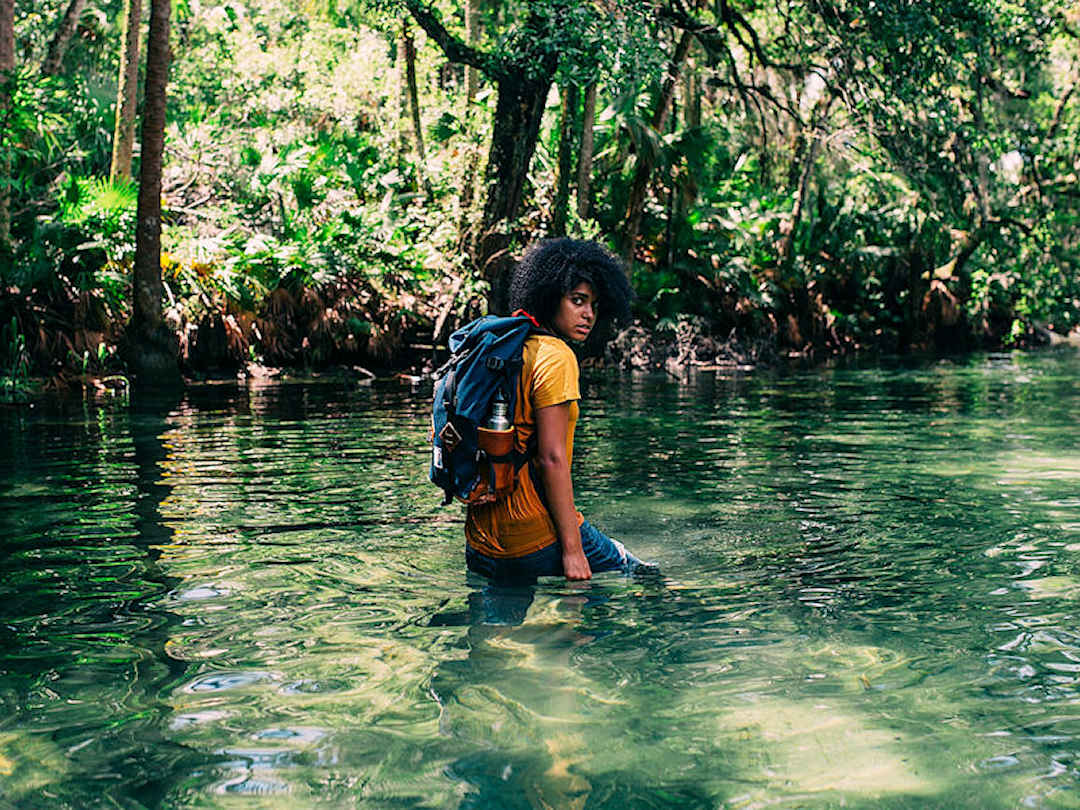
Even if your daypack is waterproof use extra protection for valuable gear | Photo by KAL VISUALS on Unsplash
Comfort
Many ultralight daypacks have no padding in the shoulder straps – a trade-off between weight/bulk and comfort. As with any daypack though, wide shoulder straps are more comfortable than narrow ones (especially if they keep their shape while being worn and don’t roll up). So, check out the width and rigidity of the shoulder straps in the daypack/s you have in mind. And if one comes with a bit of padding even better.
Likewise, for certain types of outdoor activities (for example, hiking, mountain biking or skiing) or if you carry a bit of weight in your daypack for a longer distance, a sternum strap (and if available, waist strap) might be more comfortable as they keep the daypack close to your body. Adjustable load straps also make daypacks more comfortable to carry.
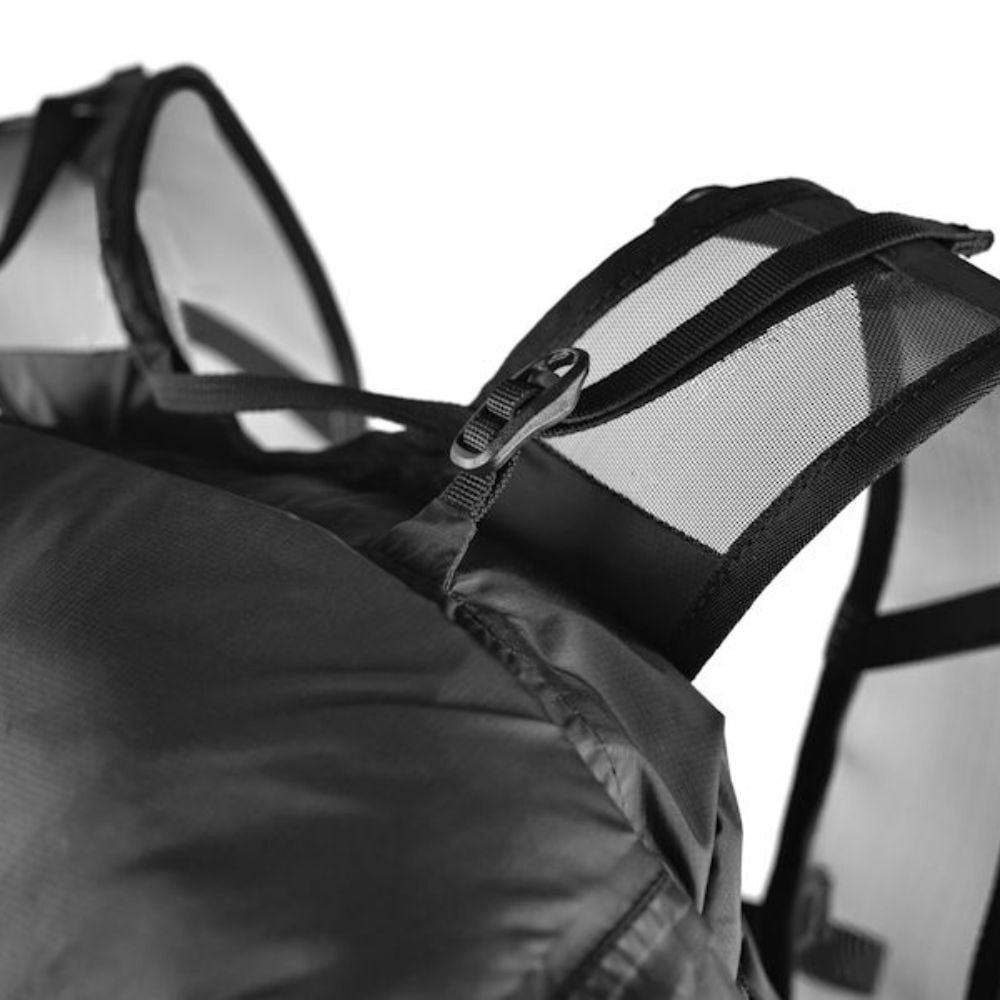
Wide shoulder and adjustable load straps make carrying a daypack more comfortable | Image courtesy of Matador
Organisation
More organisation usually means more weight/bulk – another trade-off.
Ultralight daypacks usually have one large main compartment and a smaller internal or external (zippered) compartment – the latter sometimes doubling as a pouch to store the daypack in when not in use (which we prefer to a separate pouch as that’s easily lost or can get in the way if it is attached to the daypack).
An absolute MUST for an ultralight packable daypack though (at least in our opinion) are easily accessible, elastic water bottle pockets (on both sides). You may only use one water bottle, but you can always use the other pocket to balance the pack with an umbrella, tripod, sunscreen, sunglasses, first aid kit, snacks, etc.
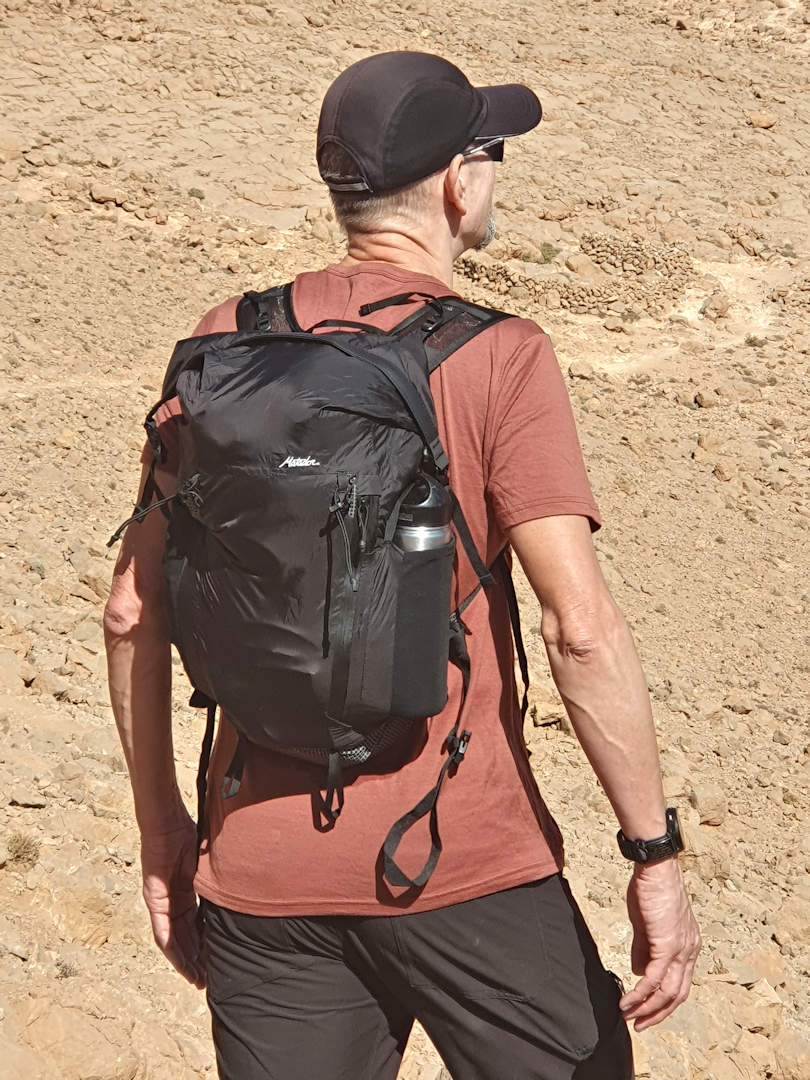
Easily accessible water bottle pockets are a MUST for a good daypack
Sustainability
Last but not least, it’s important to ensure the manufacturing of your daypack doesn’t negatively impact the environment or the people who made it (or at least as little as possible).
The nature of durable (ultra)lightweight daypacks (any luggage of that kind, in fact) is that their manufacturing requires petrochemicals. To reduce the amount of (virgin) petroleum used in the manufacturing process (and thus the carbon footprint of the gear you buy), look for daypacks that use recycled materials and/or are being repaired by the manufacturer to extend their life.
For daypacks made from virgin materials, check if the materials are bluesign®-approved – which means they meet strict ecological and toxicological requirements. Likewise, the manufacturing process should also adhere to the bluesign® Restricted Substances List which advises businesses on any limits that may be (un)safe for consumers.
Look for brands that use perfluorochemical(PFC)-free methods to achieve durable water repellency (DWR). And, as a bare minimum, check the sustainability credentials of the brand you buy from.

Always check the sustainability credentials of the gear you buy | Photo by Anncapictures on Pixabay
What are common weak points in ultralight packable daypacks?
Over the 7+ years of our location-independent life, we have used four different ultralight packable daypacks:
- First, we had a packable daypack from Tortuga Backpacks. After a few months of use, the seams started to come apart. I kept it alive by stitching up the seams (over and over). But after a year, the fabric itself started to fray along the seams, and we had to replace it.
- Our next ultralight packable daypack was the Matador Daylite16 (the predecessor to the Matador Freefly16 included in our comparison below). The Daylite16 lasted 1 1/2 years. Its demise was the zipper to the main compartment. I was able to salvage the daypack by replacing the zipper. When mentioning the zipper issue to Matador, they offered us a discount on a replacement model (we were just past the one-year warranty the Matador Daylite16 came with).
- As we were after a little more volume, we gave the repaired Daylite16 to my brother and bought our third model – the Matador Freerain24 2.0 (the predecessor to the Matador Freerain22 included in our comparison). Its weak point (after more than four years of use) were the water bottle pockets. The stretchy mesh became like a Swiss cheese, and the holes eventually irreparable.
- We have seen how Matador backpacks have become better and better over the years, so we were happy to stick with the Matador brand and are now using the Matador Freerain22.
As you can see, the (main) fabric these ultralight packable daypacks are made of is super strong. However, as any luggage is only as good as its weakest point, make sure the daypack you choose comes with quality zippers (for example, YKK, riri, Lampo, Talon or SBS), reinforced seams and sturdy (but flexible) side pockets.
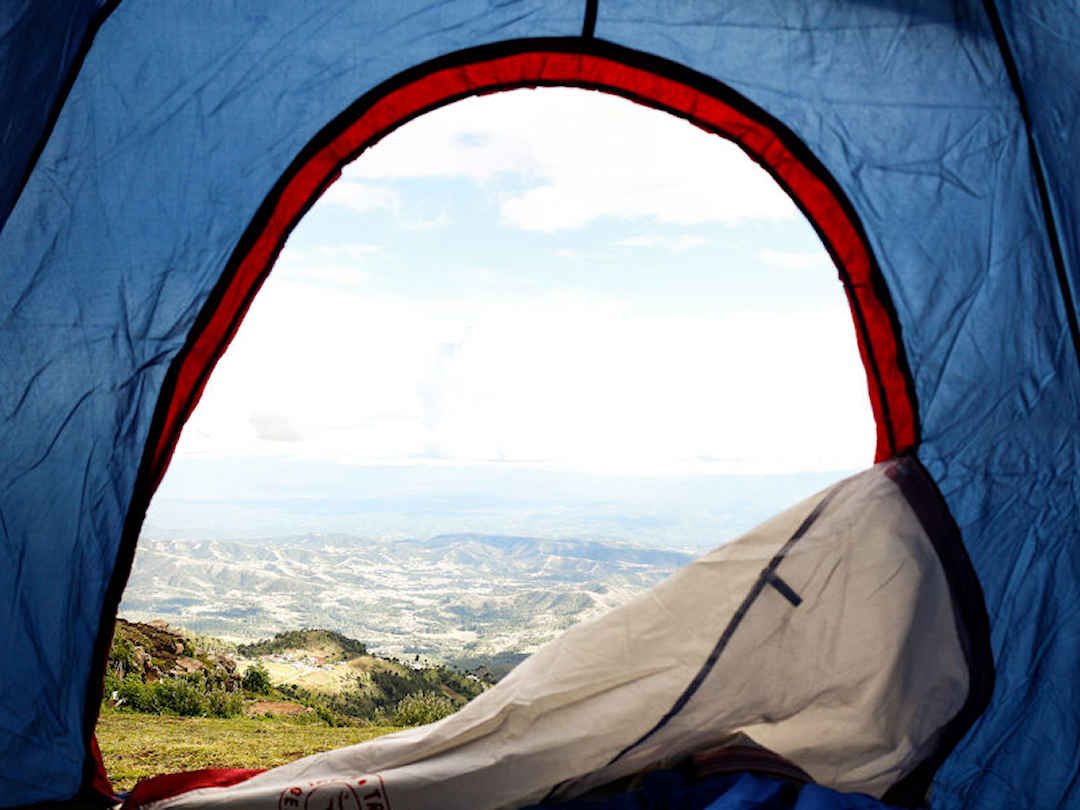
Quality zippers and reinforced seams are as important to daypacks as they are to tents | Photo by Mel ELIAS on Unsplash
How do ultralight packable daypacks compare?
For our comparison (in alphabetical order), we have considered ultralight packable daypacks that
- weigh less than 350 grams / 12.35 ounces;
- come with dual water bottle pockets; and
- have some sort of rain protection.
Pricewise, these daypacks range from USD60 to USD100.
Click on the name of the model/s you are interested in to reveal more detail – including what we like and things to be aware of:
-
Sale!
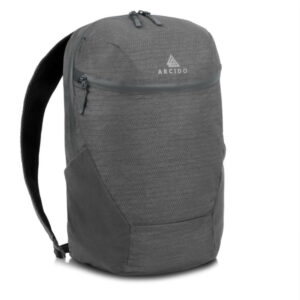
Arcido Aro
Original price was: $79.00.$41.00Current price is: $41.00. -
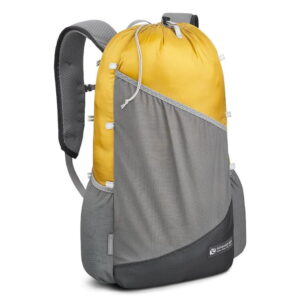
Gossamer Gear Minimalist 19 Daypack
$69.00 -
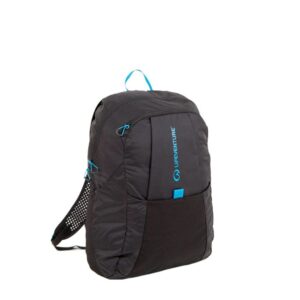
Lifeventure 25L Packable Backpack
-
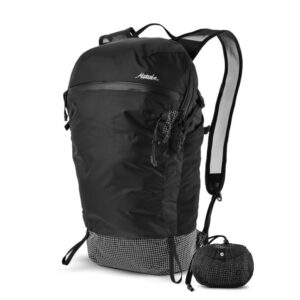
Matador Freefly16 Packable Backpack
$80.00 -
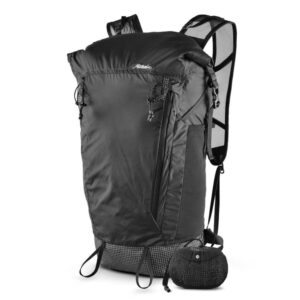
Matador Freerain22 Daypack
$100.00 -
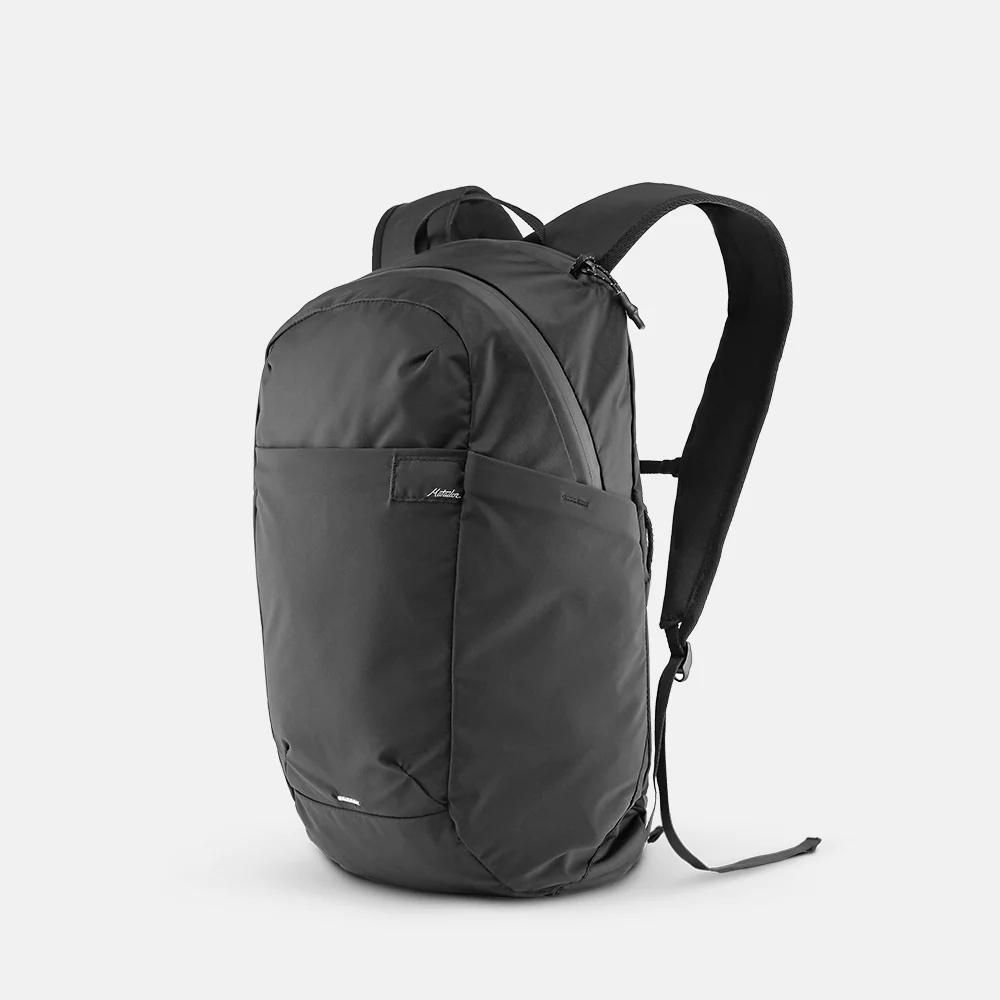
Matador ReFraction Packable Backpack
$60.00 -
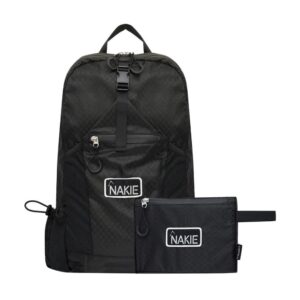
Nakie Foldable Backpack
-
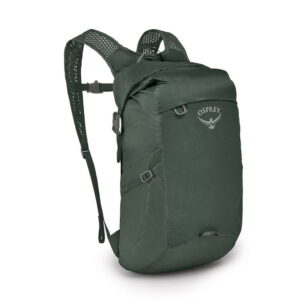
Osprey Ultralight Dry Stuff Pack
$70.00 -
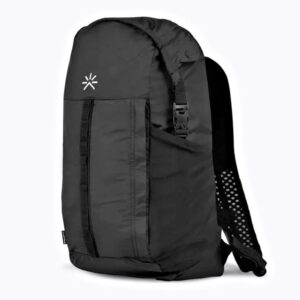
Tropicfeel Packable Daypack
$79.00
Do you own an ultralight packable daypack?
Which model did you choose and why? And if you’re still looking, what question have I NOT answered in my article today? Please let me know.
